Pollination of Flowers
Flower Pollination by Insect or Wind?
Can you look at a garden and tell if the pollination of flowers occurs by wind pollination or insect pollination for each of the flowers? You will after completing these simple projects.
Free Download Below
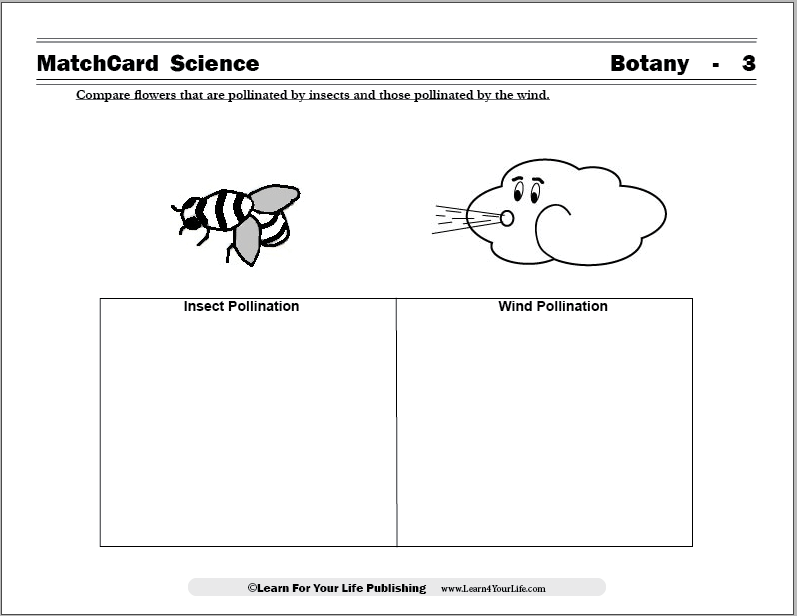
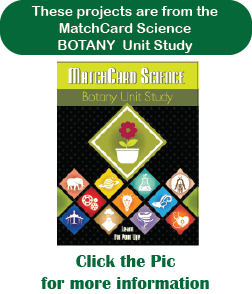
MatchCard Science Pollination of Flowers Worksheet
Objective: Compare flowers that are pollinated by insects and those pollinated by the wind.MatchCard: Download below.
How it Works: Students place the characteristics of wind pollinated flowers and insect pollinated flowers in the correct box on the MatchCard after doing the activities.
Download the Pollination MatchCard


This is MatchCard #3 of the Botany Unit Study.
-
The 1st page is the worksheet for the students.
The 2nd page provides correct answers and projects for the instructor.
The 3rd page lists the information pieces for students to use on their MatchCard. They decide if that characteristic identifies flowers pollinated by wind or insect.
Botany - Flowers
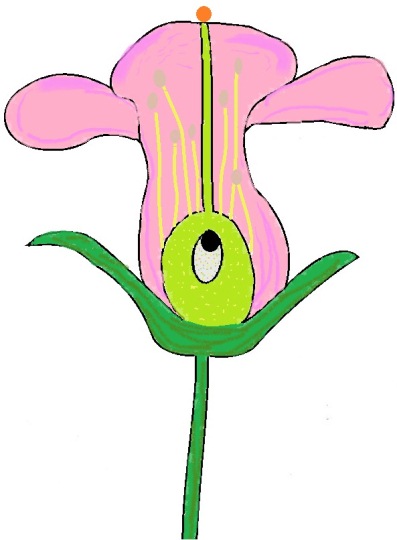
In our last Botany MatchCard, students had fun tearing into blossoms, identifying their parts, and making posters or diagrams of the different parts of flowers. You may want to review this information with students before looking at flower pollination.
Insect Pollination
Do you know if your favorite flower is pollinated by a butterfly or a bee?
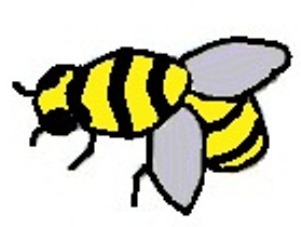
- Sweet Nectar
- Bright, colorful petals
- Large, sticky pollen
- Stigma stays inside the flower petals
- Sweet smelling nectar and bright colors attract the insect.
- Sticky pollen clings to their legs and abdomen and is then carried to another plant.
- The petals protect the stigma from the wind.
Wind Pollination
It is not just your hair that is blown by a morning breeze. The flowers in your garden may be pollinated by wind.

- No nectar or scent
- Small, smooth pollen
- Small petals
- The stigma grows outside to the top of the flow
- Small, light pieces of pollen will be carried on a breeze.
- Smaller petals are not as protective from the wind as large, folding petals.
- The stigma peaks outside the top of the flower
Botany Flower Projects
Wind or Insect Pollination
Visit a nursery and identify flowers that are insect pollinated or wind pollinated. An alternative activity would be to look at a flower field guide or flower catalog.You can make a chart with each of the qualities across the top and room for ten or more flowers on your table. Mark all the qualities you can see in the flower. Then use deduction to determine if it is pollinated by wind of pollinated by insects.
Follow that Bee
Bees and/or butterflies are particularly interesting to watch as they go from flower to flower.Follow a bee or other insect in a field of flowers. Time how long they stay on particular flowers. Where do they go when they leave the flower?
Gone With the Wind
Dandelions have a well-known (but not well-loved) mechanism for wind pollination. Find others in a field near you. Observe how far the seeds are scattered by the wind.Look for other plants that have wind pollinated flowers. How hard do you have to blow on it to get the pollen to scatter?
Experiment: Bees and Color
Do bees have favorite colors? Buy three or more different color varieties of the same flower - such as tulips or petunias that are bee pollinated. Put them near each other. Observe on a sunny day to see if bees have a preference for one of the other. Change the location and observe again. Develop a hypothesis and design a scientific experiment.Experiment: Butterfly Gardens
Many catalogs sell assortments of flowers that are supposed to attract butterflies, hummingbirds, bees, or other creatures. Are they made up of wind pollinated or insect pollinated species? Do these gardens actually attract the insects as advertised?How long would such an experiment take? What could you use as the control? How would you measure the attraction of a bee or butterfly?
It sounds easy until you start to design your experiment. This is a great science fair project for a garden-lover or a homeschooler, as it actually takes many warm months to implement.
MatchCard Science
How To Use MatchCards

Download the FREE MatchCard Science Instructor's Guide and see how MatchCards can make building their science knowledge base fun.
Botany Unit Study
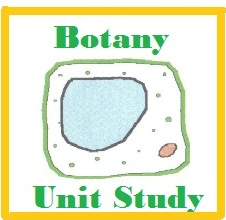
Check out our entire Botany Unit Study with 11 objectives.
12 Science Unit Studies

Chemistry is only one of twelve complete unit studies for kids in 3rd to 8th grade.
Comprehensive objectives, hands-on projects, suggested science fair experiments, and the fun game-like MatchCards keep them interested in learning science. See all twelve MatchCard Science Unit Studies.
About Our Site
Hands-On Learning













